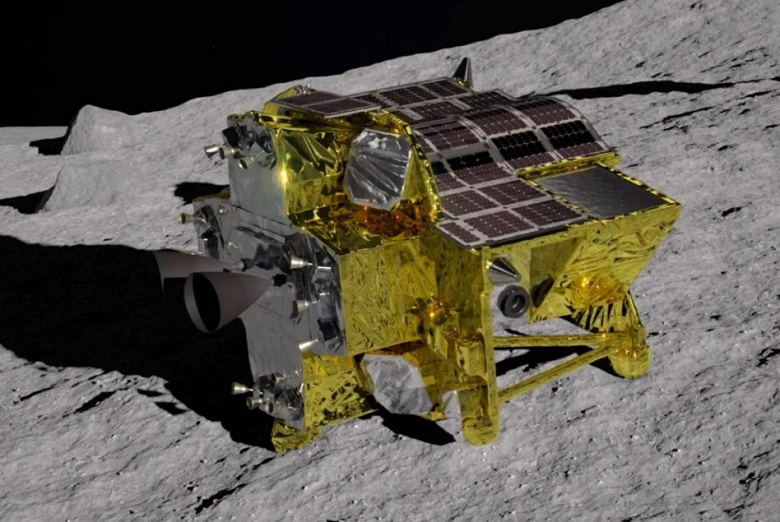Answers found in the data may change our understanding of the origin and evolution of our satellite
The Japan Aerospace Exploration Agency (JAXA) successfully delivered its SLIM lander to the Moon last month. Based on the analysis of one moon rock, JAXA expected to obtain some data. However, the SLIM module was able to collect information on 10 moon rocks and transmit it to Earth.
JAXA project manager Shinichiro Saki said he hopes the analysis of lunar rocks will help scientists uncover the origins of the Moon. By comparing the mineral composition of lunar and terrestrial rocks, scientists can discover common elements. According to one of the hypotheses for the origin of the Moon, it was formed as a result of the collision of another planet with the Earth from the fragments left after this event.
SLIM studied olivine rocks on the surface of the Moon using a spectral camera. Also, two autonomous probes released after landing contributed to the mission.
Despite problems encountered during landing and problems with the thruster, the SLIM lander exceeded expectations. Due to the loss of a thruster on one of its engines, the module was forced to land on the gentle slope of Shiori Crater, within 100 meters of its target.
Despite the problems and limitations in operation, SLIM was able to collect information on 10 moon rocks. The module's solar panels were facing west, so the module was not receiving enough solar energy, causing it to shut down earlier than planned. SLIM «woke» nine days later — probably due to the change in direction of sunlight, which allowed the solar panels to activate the module.
Analysis of lunar rocks and collected data can be a significant contribution to the study of the Moon and its origin. Because SLIM is not intended to «survive» extreme cold, the information received would likely be all that the module could provide. But this is much more than expected from him.

